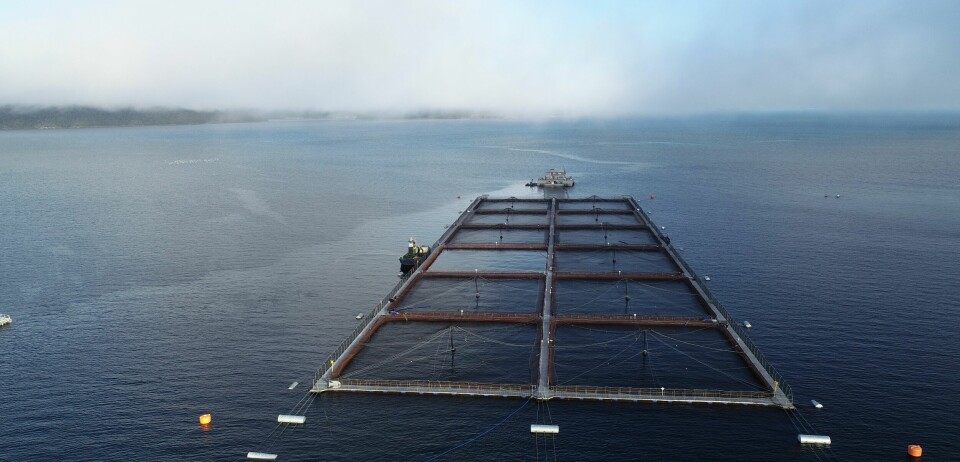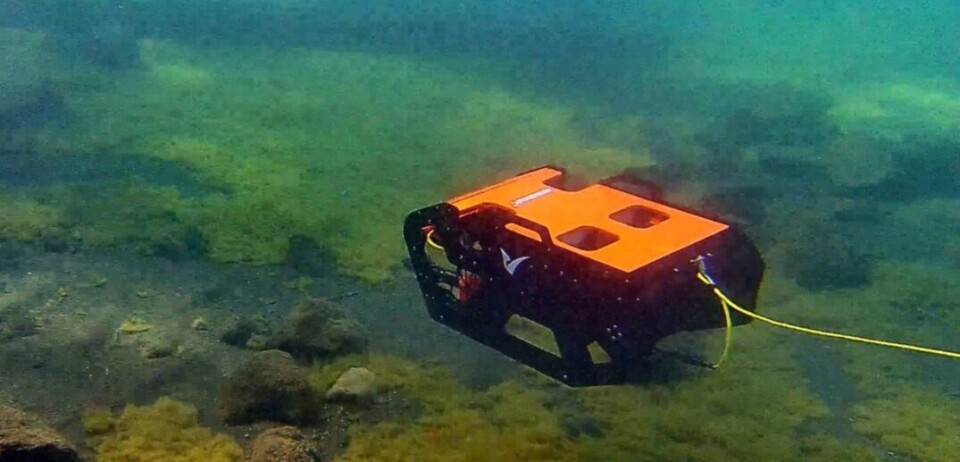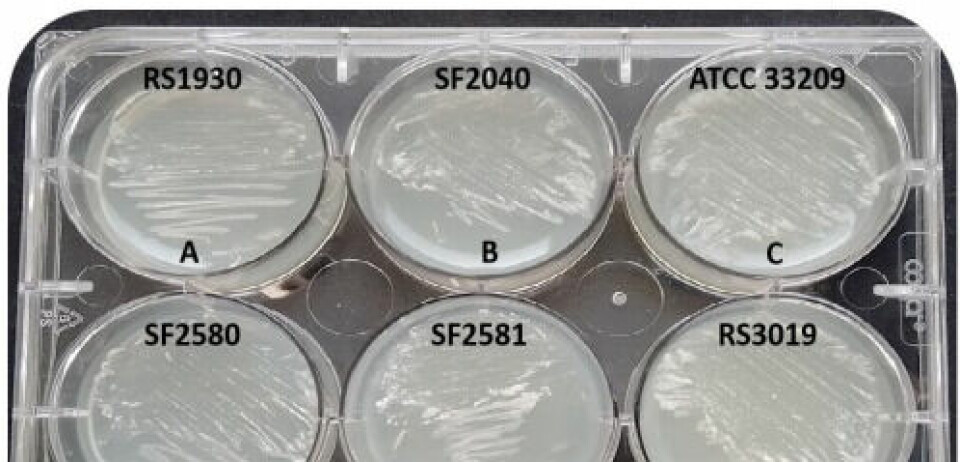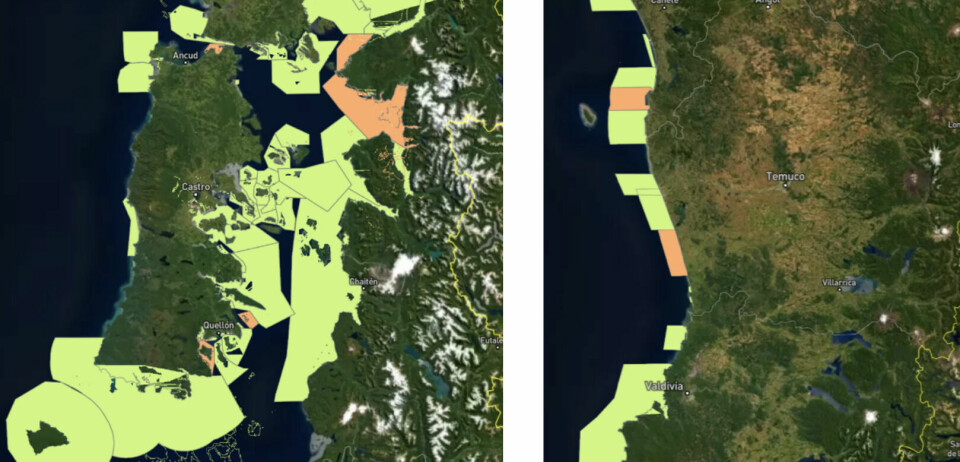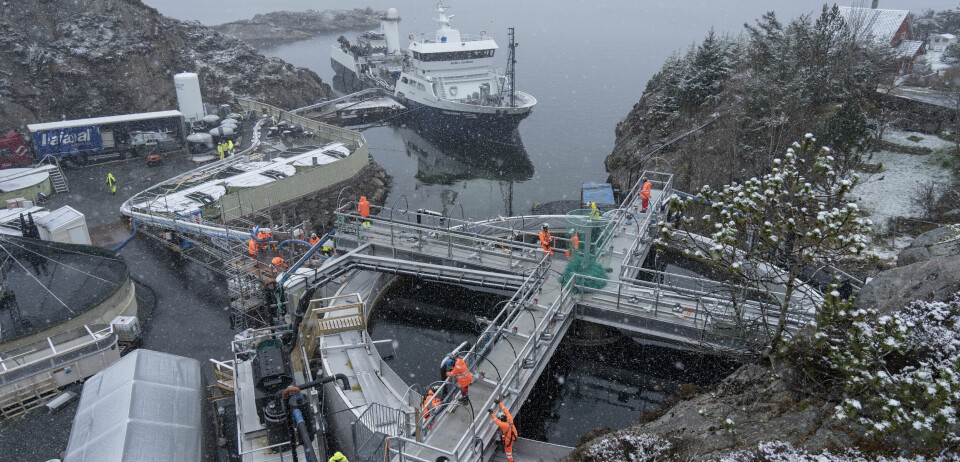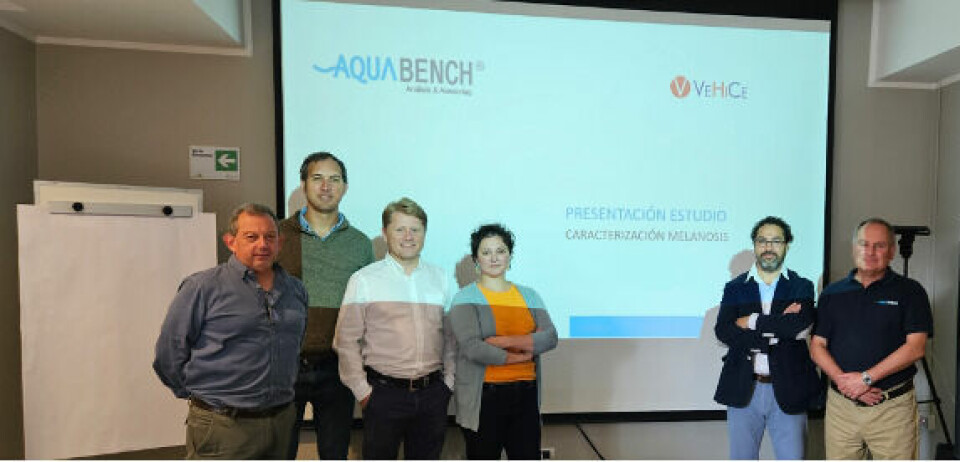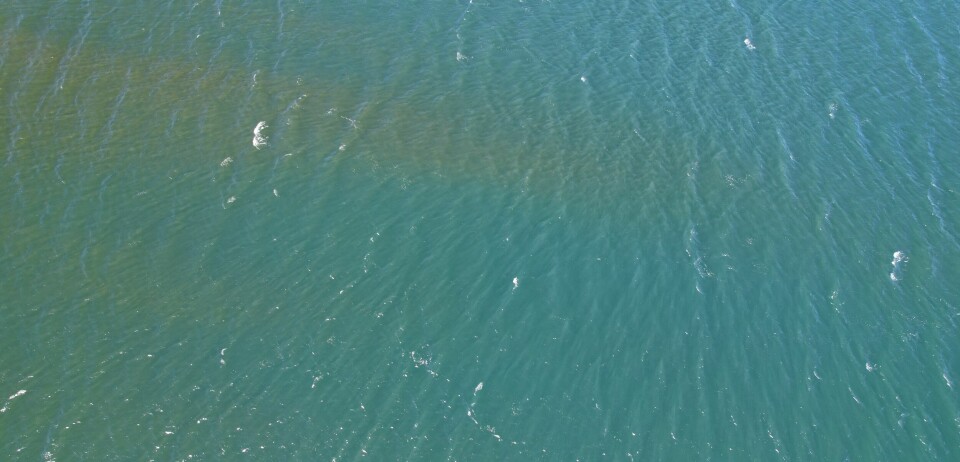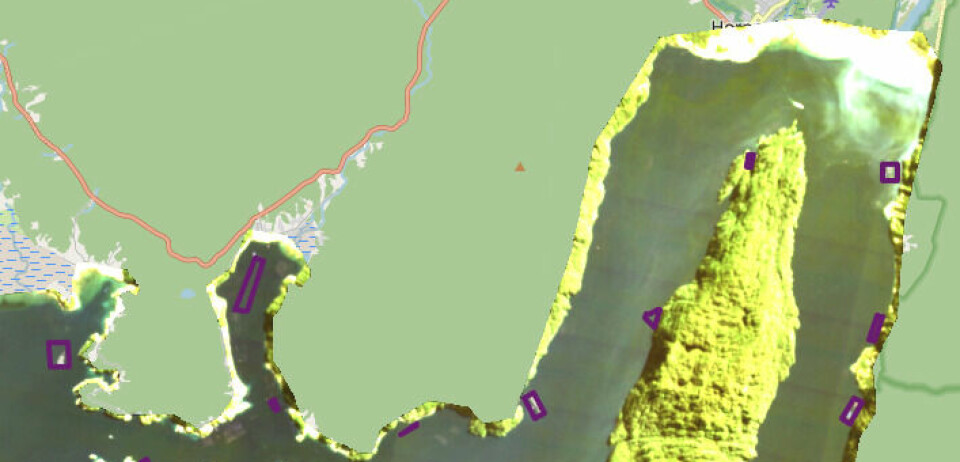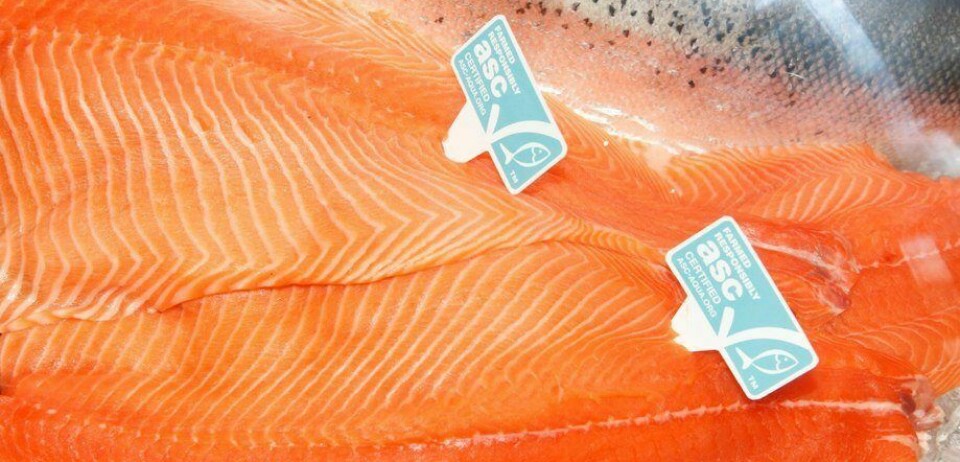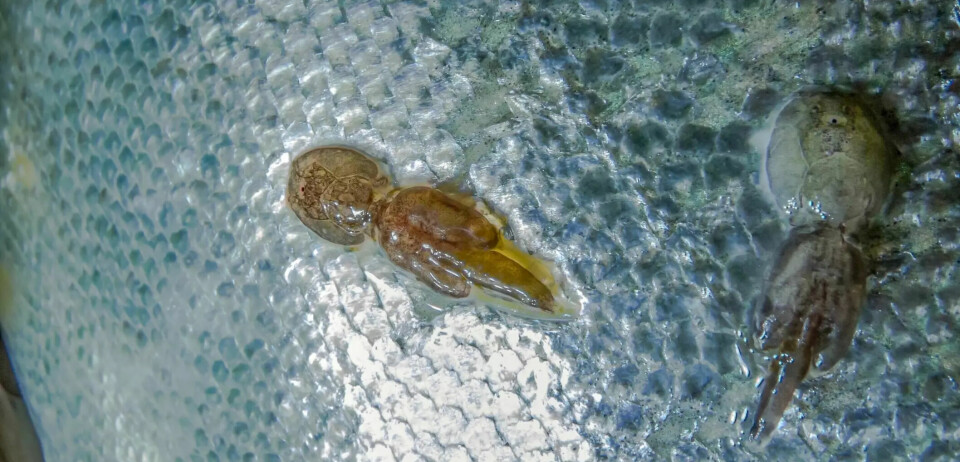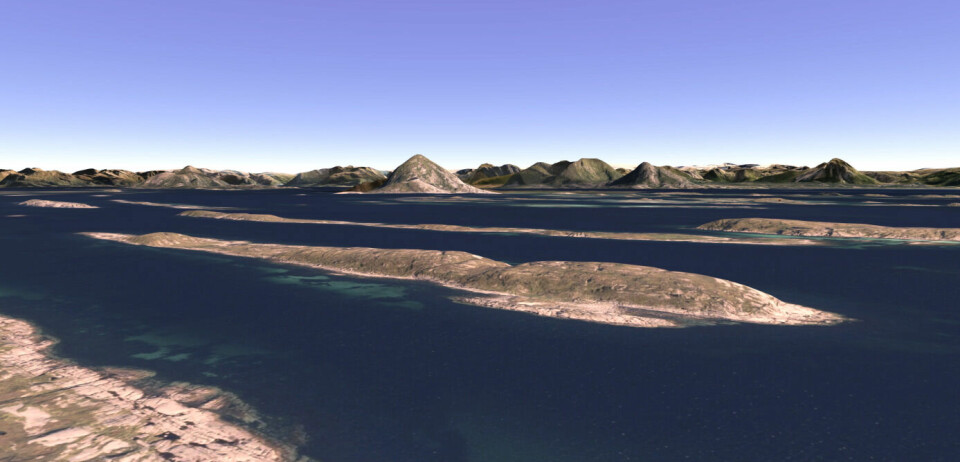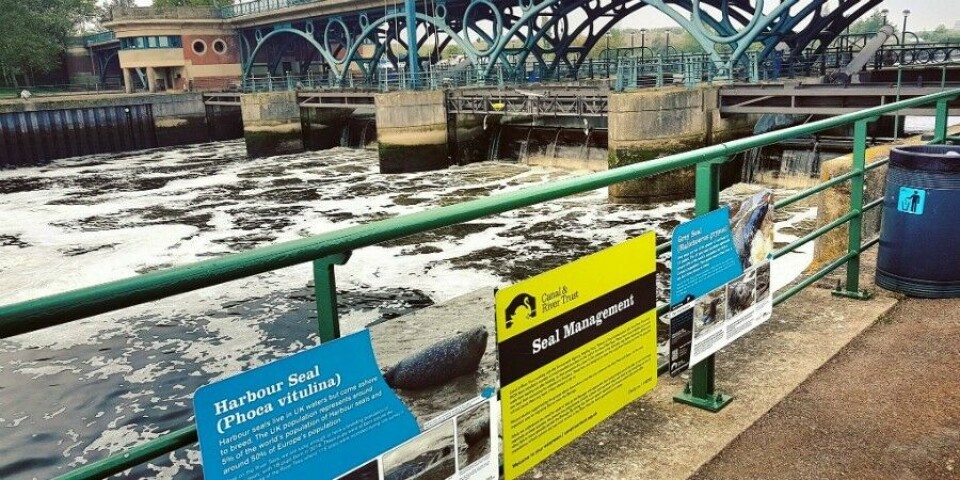
Salmon farming technology used to protect wild fish
An acoustic deterrent device (ADD) of the type commonly used by Scottish salmon farmers has successfully protected wild salmon from seals in a north-east England river.
The ADD was used to deter seals from entering the navigation lock beside the Tees Barrage at Stockton, up-river from Middlesbrough and several kilometres from the coast.
During the use of the ADD in a 30-day monitoring period last year, four fish were eaten. This compares to 18 fish eaten in a 21-day period before the ADD was installed.
Monitoring was carried out using underwater sonar imaging technology.
Reduce predation
The Tees Barrage Fish Pass and Operations Steering Group has been overseeing the monitoring of fish and seal populations and their behaviour to try to reduce seal predation.
A special mechanism was also in use on the lock gates, keeping them wide enough for the fish to get through but too narrow for seals.
The study also showed:
• Fish were four times more likely to use the main barrage gates to get upstream than the fish pass.
• The main gates and navigation lock see fish pass through every two hours on average, compared to every eight hours through the fish pass.
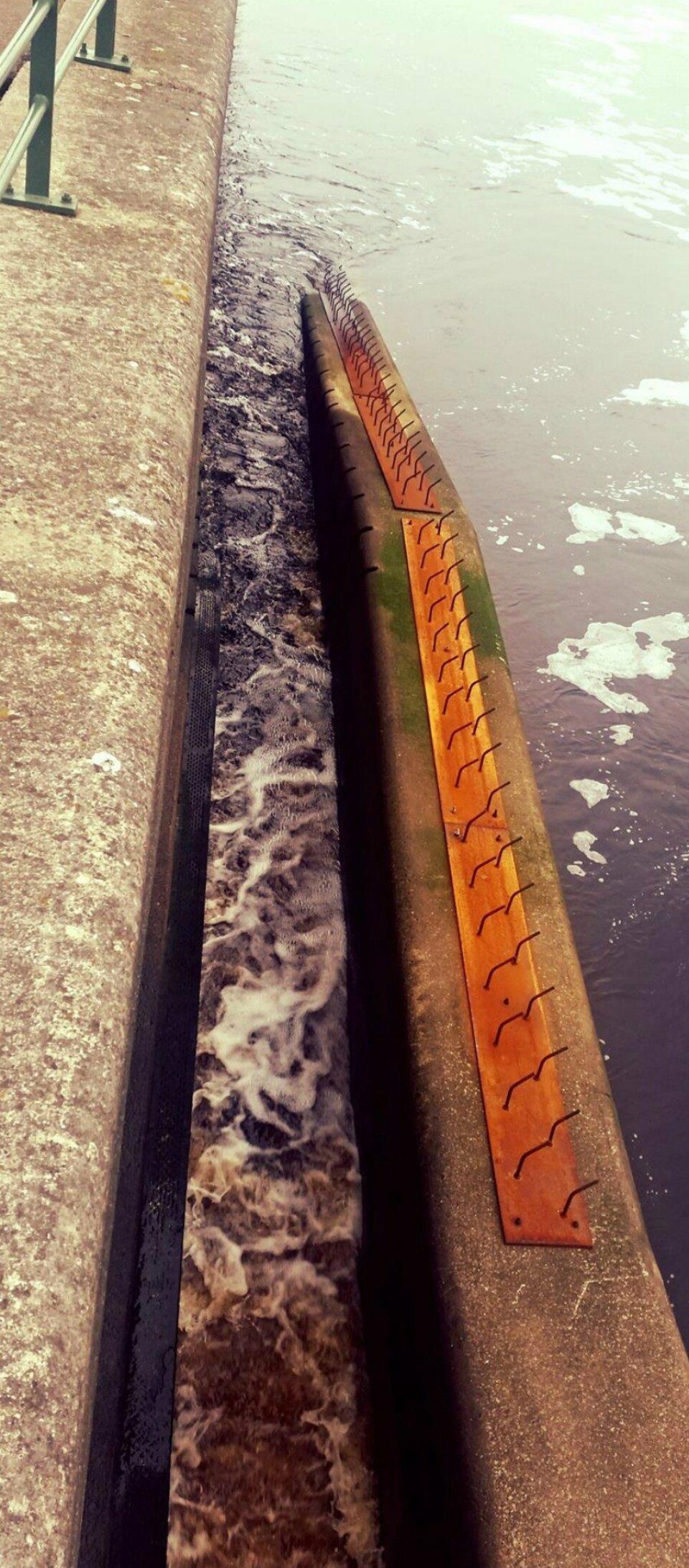
The steering group is made up of Tees Barrage owners the Canal & River Trust, and the Environment Agency, Angling Trust, Salmon & Trout Conservation Trust, Tees Rivers Trust, Industries Nature Conservation Association and Tees Barrage International White Water Centre.
Jonathan Hart-Woods, senior ecologist at the Canal & River Trust, said: “It is interesting to note that although fish have several routes to get upstream, including two specially created fish passes, the main gates are the preferred option.
“Predation by seals is still a key issue at the Tees Barrage and while these results are promising, there are many other factors involved, so we’ll be using an acoustic deterrent device again to deter seals this summer, as well as sonar to monitor fish, to help us develop targeted protection measures.”
Phil Rippon, fisheries technical specialist at the Environment Agency, said: “It’s hoped this work will ultimately help inform how best to improve fish passage into the future.
“We’re working really hard together with our partners to understand how fish naturally try to pass through the Barrage and then to make it as easy as possible for them.
“What we can do now includes changing the way the gates and navigation lock are operated and working to try to deter seals from the area. There are other options for improved fish passage we can consider in the future.
“We want as many fish as possible to make it upstream to their spawning grounds to ensure the River Tees continues to improve.”

